Pioneers, Creators and Leaders
The video game industry has, throughout its evolution, seen women challenge norms, innovate in their fields and pave the way in a historically male-dominated environment. Get to know the stories of 15 professionals whose technical, artistic and narrative contributions to games have transformed them into a global art form.
Carol Shaw
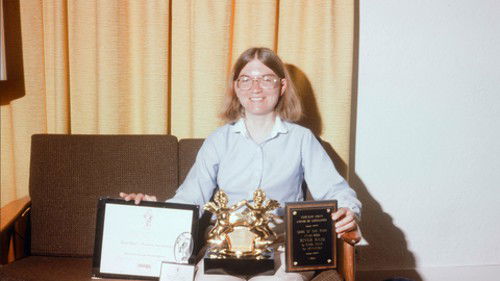
The First Female GameDev
Carol Shaw is a milestone in video game history. A computer science graduate from UC Berkeley at a time when fewer than 10 percent of college graduates in the field were women, Shaw joined Atari in 1978. Her first project, Polo (1978), was never released commercially, but it was a testament to her ability to optimize the Atari 2600's limited hardware.
In 1982, at Activision, she created River Raid, a game that would change the course of the console and become a classic for its fluid gameplay and progressively challenging design.
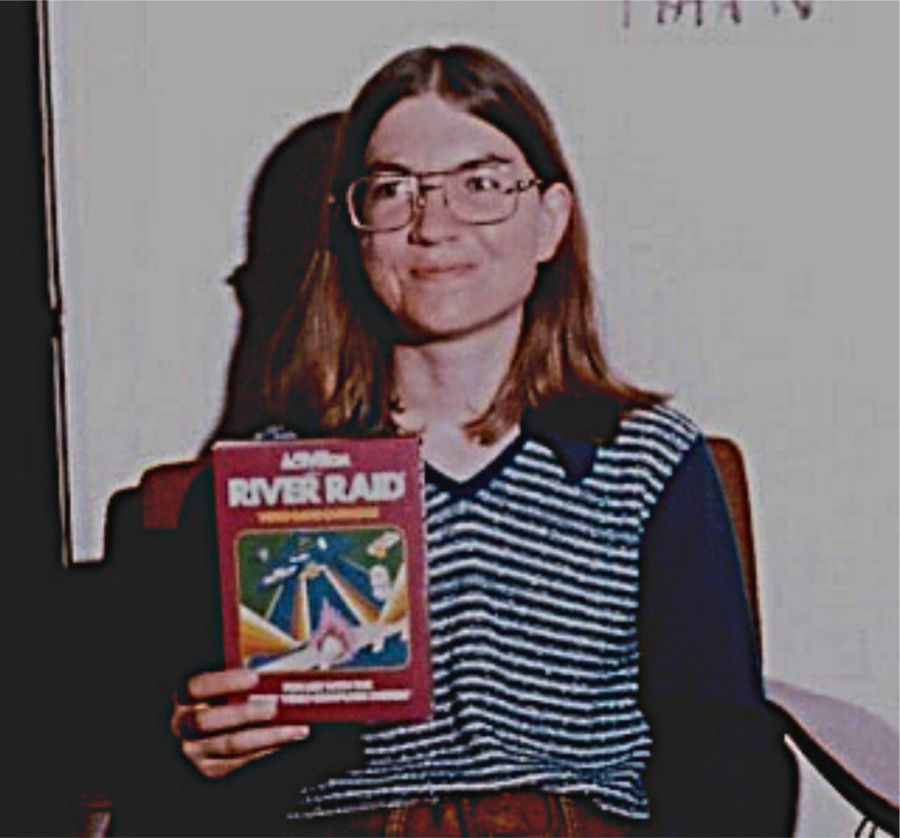
Shaw challenged stereotypes by proving that programming was a viable career for women, inspiring generations. Retired since the 90s, she donates part of her fortune to fund STEM scholarships. In 2017, she made it into the Academy of Interactive Arts & Sciences Hall of Fame.
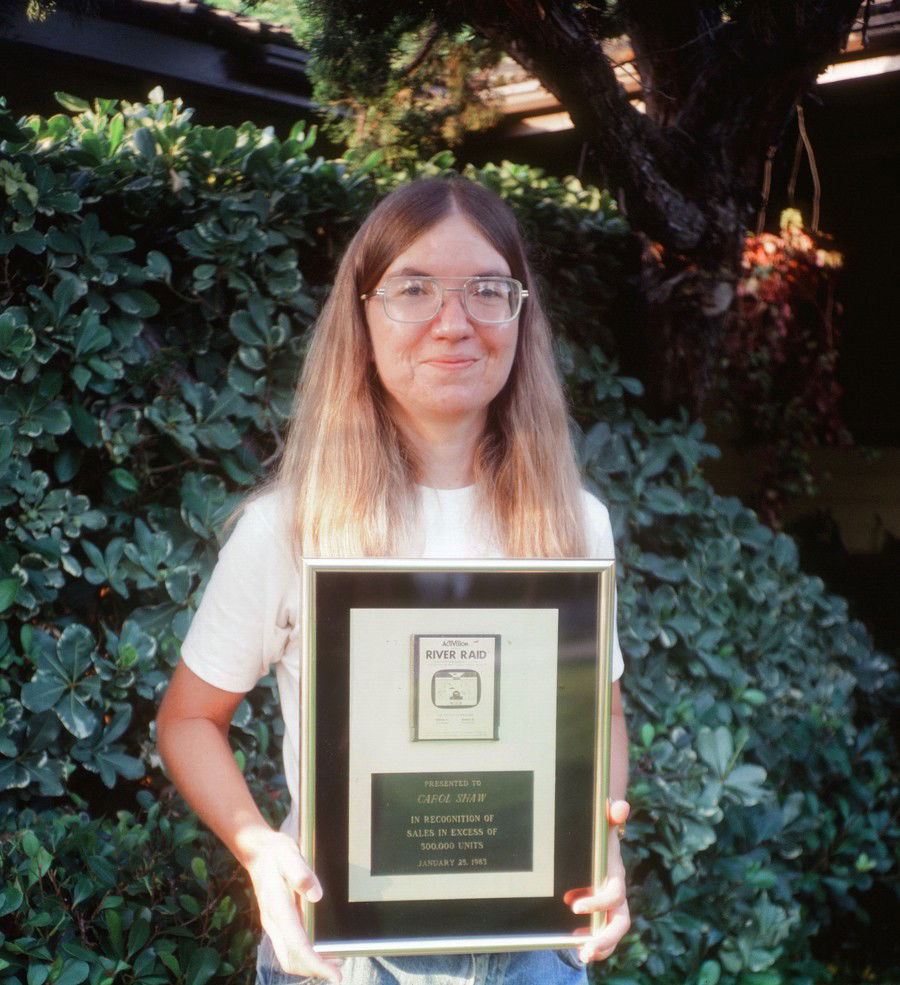
Roberta Williams
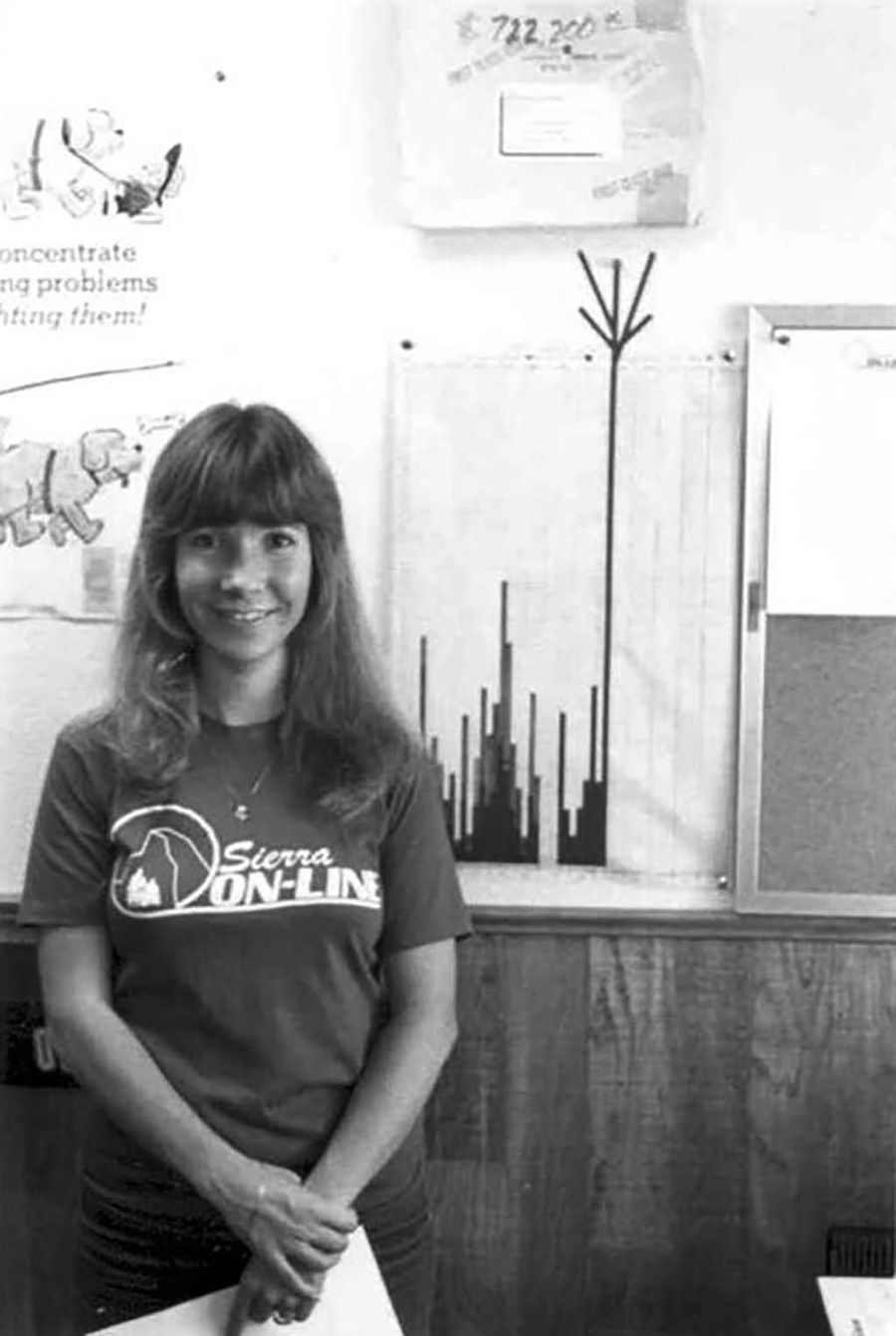
The Mother of Adventure Games
Roberta Williams co-founded Sierra On-Line in 1980 and created Mystery House, the first adventure game with graphics. Her King’s Quest series (1984-1998) popularized the point-and-click genre, using logic-based puzzles and command parsers (a program that analyzes and interprets commands, instructions or sequences of characters).
Williams also innovated with Phantasmagoria (1995), a pioneering live-action horror game in FMV (Full Motion Video).
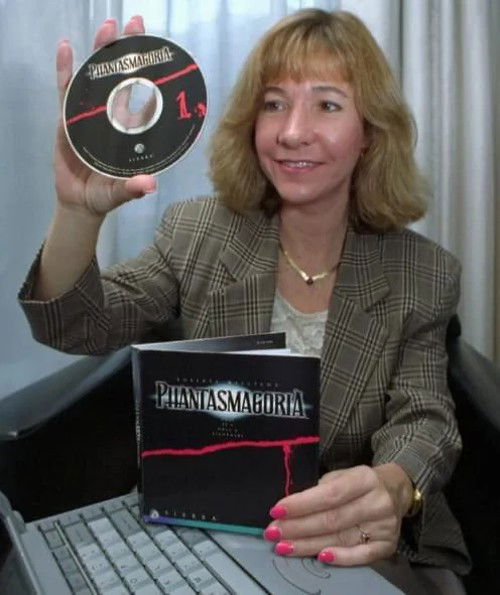
Currently retired, she criticizes the modern industry for prioritizing graphics over narratives.
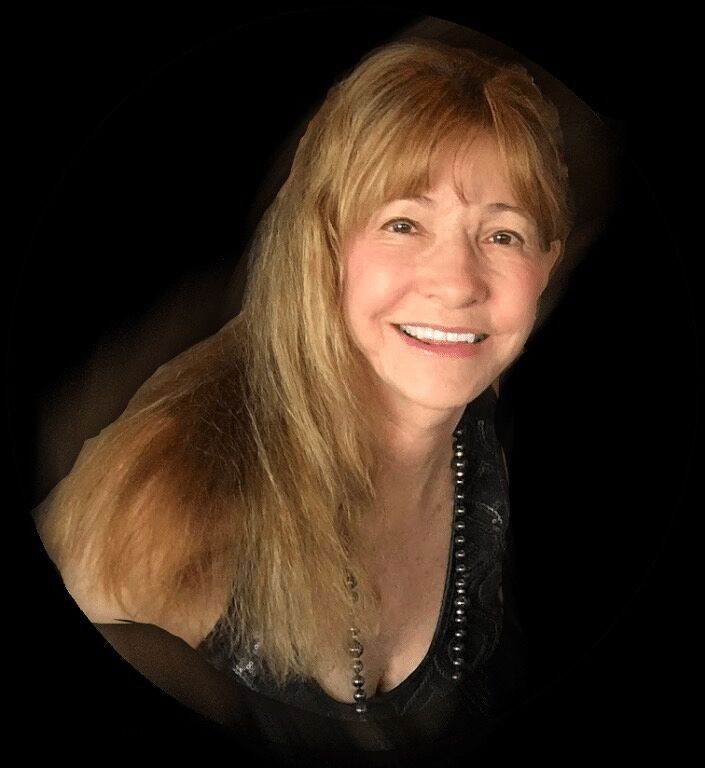
Jade Raymond

The Visionary Behind Global Franchises
Jade Raymond started her career as a programmer at Sony, but her impact happened at Ubisoft Montreal, where she led the work on Assassin’s Creed (2007), revolutionizing historical games with parkour and non-linear storytelling.
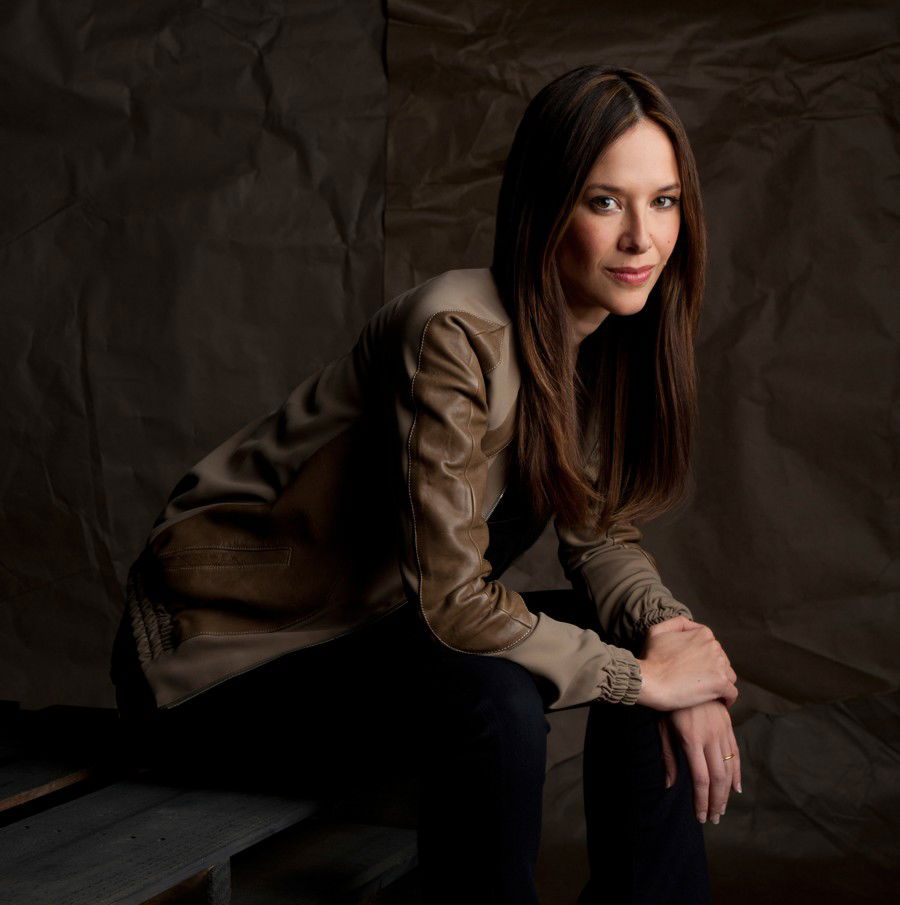
She founded Ubisoft Toronto and Motive Studios (EA), responsible for Star Wars: Squadrons (2020).
At Google Stadia, she explored game streaming and today runs Haven Entertainment, developing an exclusive title for PlayStation.
Raymond is an advocate for diversity in work teams.

Brenda Romero

The Multifaceted RPG Legend
Brenda Romero (formerly Brenda Brathwaite) started her career as a game tester on Wizardry (1981) and went on to become the series’ director, as well as designing Jagged Alliance 2 (1999). Her Holocaust-themed board game Train (2009) challenges the notion of games being light entertainment.

Author of Sex in Video Games (2007), Brenda has been discussing gender representation and sexuality for decades. Co-founder of Romero Games, she launched Empire of Sin (2020) and Psychonauts 2 (2021), consolidating herself as an innovation icon.
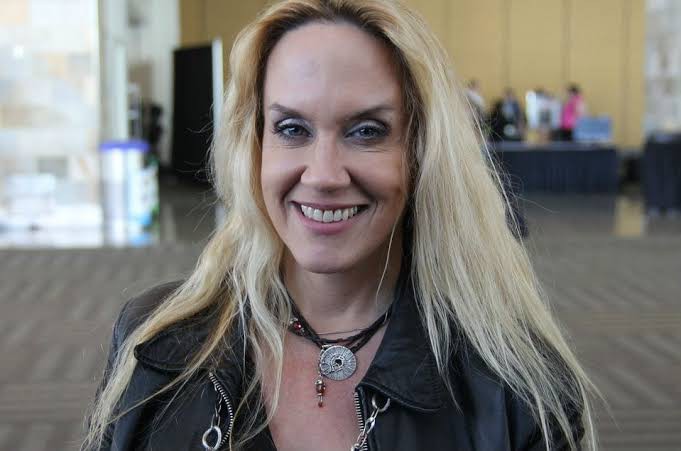
Amy Hennig
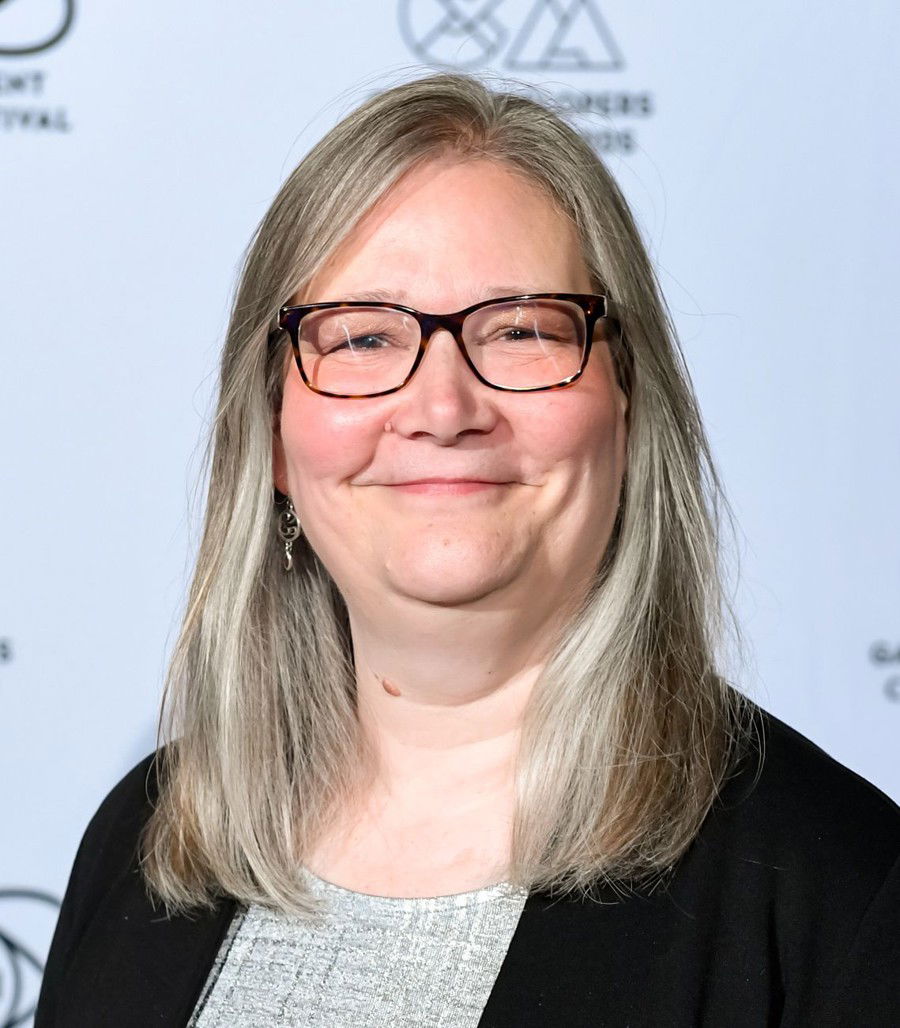
The Master of Cinematic Storytelling
Amy Hennig started out as an artist at Atari, but her talent for narratives led her to Crystal Dynamics, where she redefined storytelling in Legacy of Kain: Soul Reaver (1999).
As creative director at Naughty Dog, she shaped Uncharted: Drake’s Fortune (2007), mashing together cinematic action and sharp dialogue. Hennig is known for her use of film writing techniques such as flashbacks and complex character development.
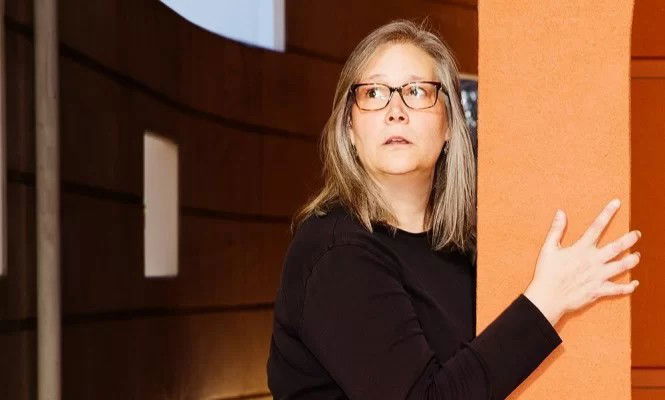
After leaving Naughty Dog in 2014, she founded Skydance Media, focusing on interactive narratives such as Forspoken (2023).

Rieko Kodama
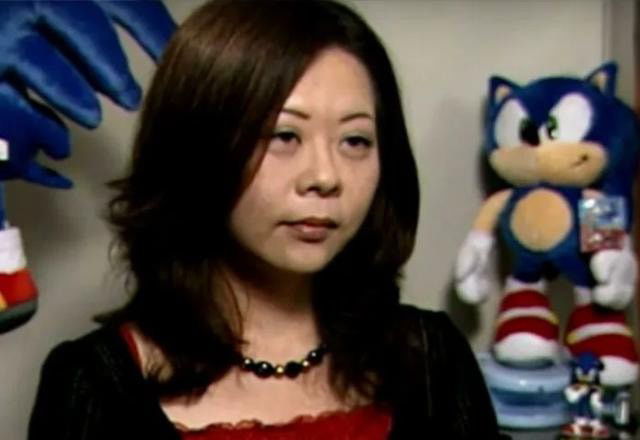
The JRPG Architect
Rieko Kodama joined Sega in 1984 as an artist, but her legacy transcended art. As the director of Phantasy Star (1987), she introduced Alis Landale, one of the first female RPG protagonists, into an epic narrative that blended science fiction and fantasy.
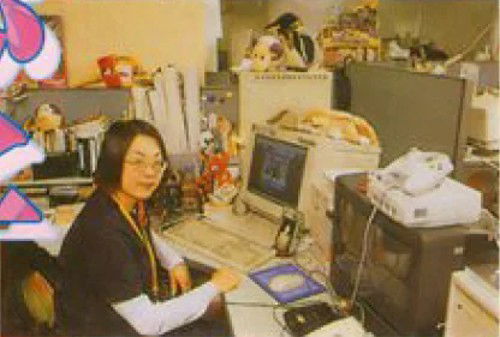
Kodama also led Skies of Arcadia (2000), acclaimed for its aerial battle system and the floating worlds’ exploration. Her passion for archaeology led her to create detailed environments, such as in 7th Dragon (2009).
She passed away in 2022, but her legacy and influence continue to inspire franchises such as Persona and Xenoblade Chronicles.
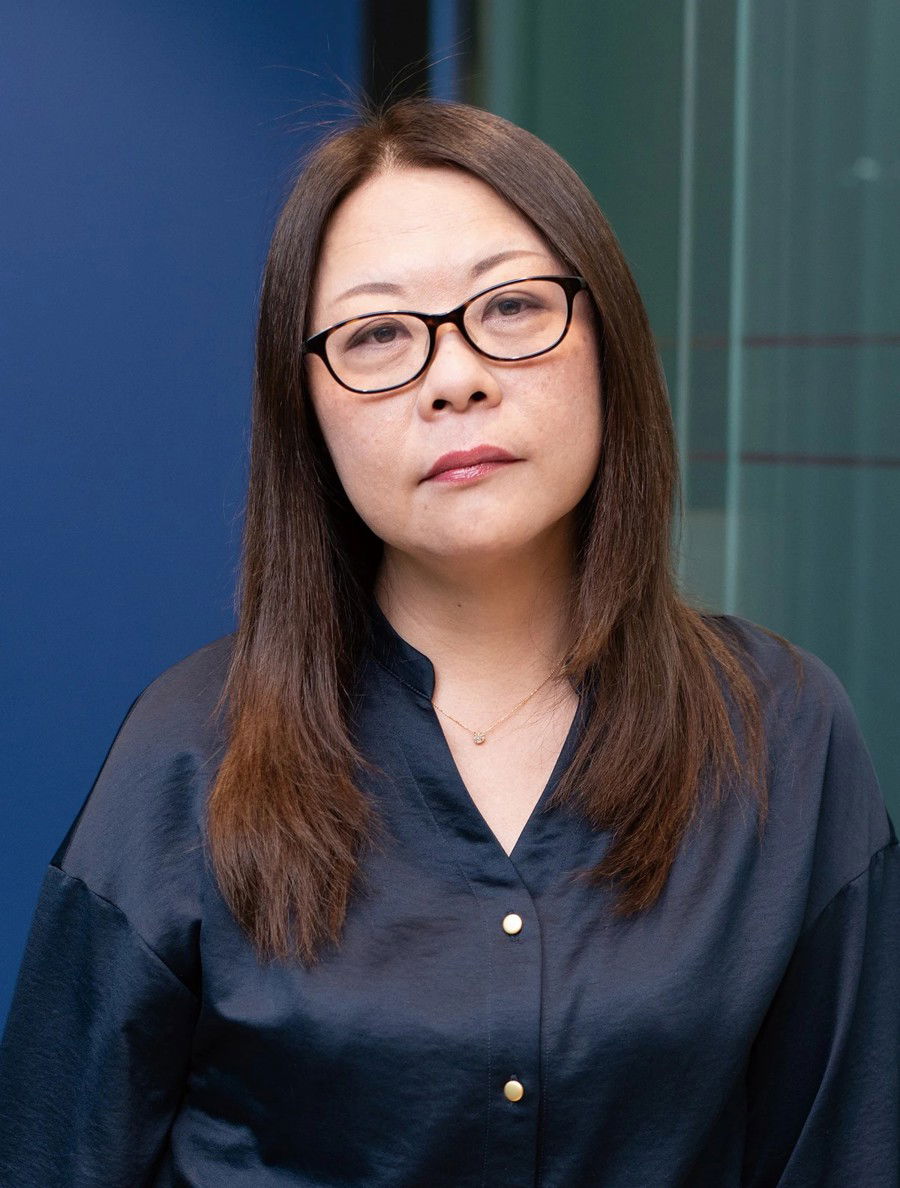
Rhianna Pratchett

The Iconic Characters’ Reviver
Rhianna Pratchett started out as a journalist, but stood out from her peers when she rewrote Lara Croft in Tomb Raider (2013), humanizing the character with complex traumas and motivations. Her work on Mirror’s Edge (2008) brought an agile and determined female protagonist, and avoided sexualization.
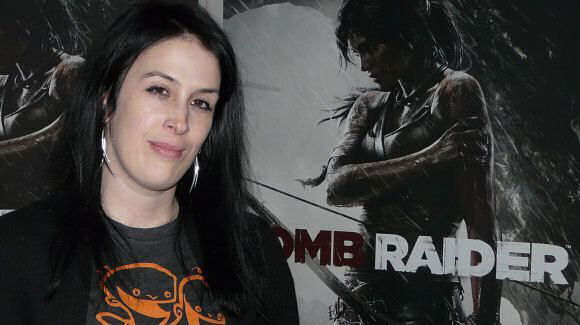
Pratchett also wrote Overlord (2007) and owns Narrativia, adapting works by her father, Terry Pratchett, for games.
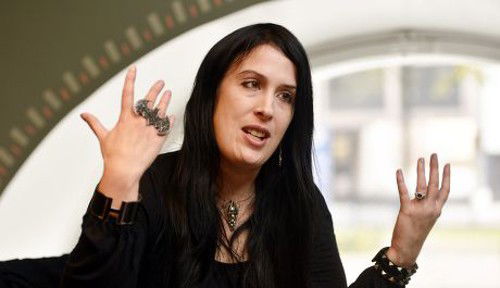
Dona Bailey
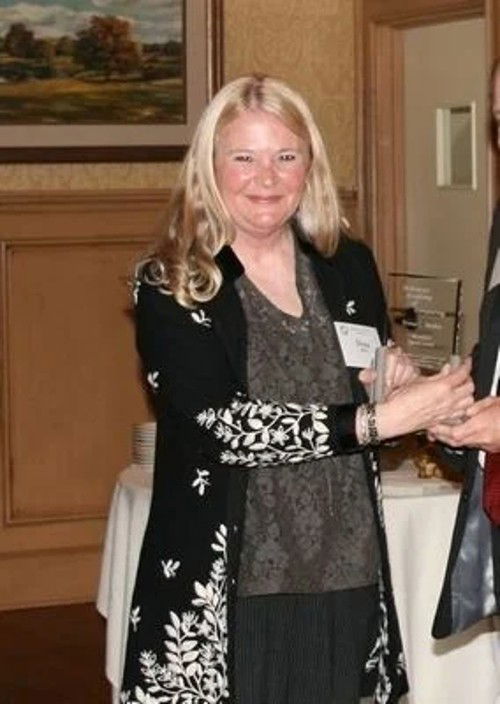
The Creator of an Arcade Classic
Dona Bailey joined Atari in 1980 as the only woman on the design team. Her game Centipede (1981) stood out for its vibrant colors and accessible mechanics, attracting an unprecedented female audience.
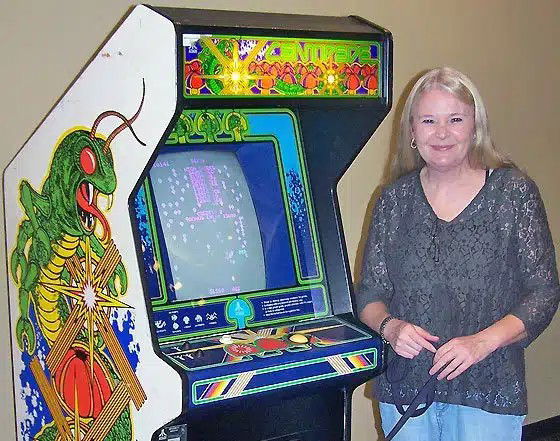
Bailey faced isolation and sexist criticism, leading her to leave the industry in 1984. She returned in 2007 as a speaker, and has always advocated for inclusion.
Currently, she teaches at the University of Arkansas and is a contributor to Women in Games International.
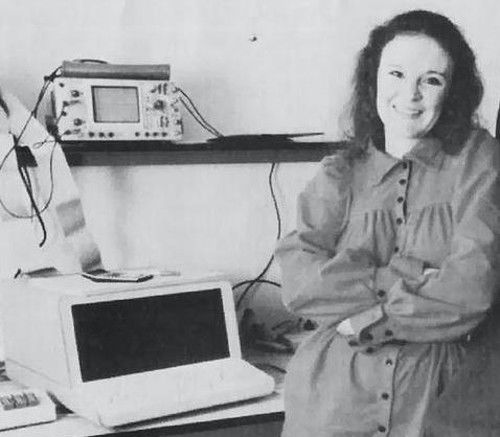
Yoko Shimomura
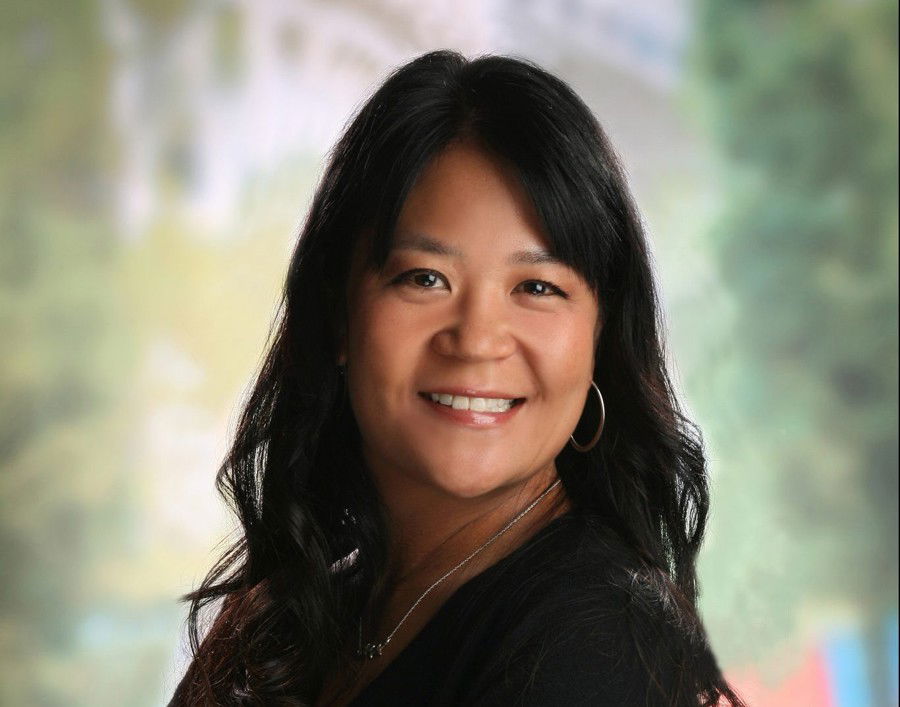
The Composer of Timeless Classics
Yoko Shimomura started working at Capcom in 1988, where she composed scores for Final Fight (1989) and for the game that would change the video game industry, Street Fighter II (1991), including the theme for Blanka, inspired by Brazilian rhythms.
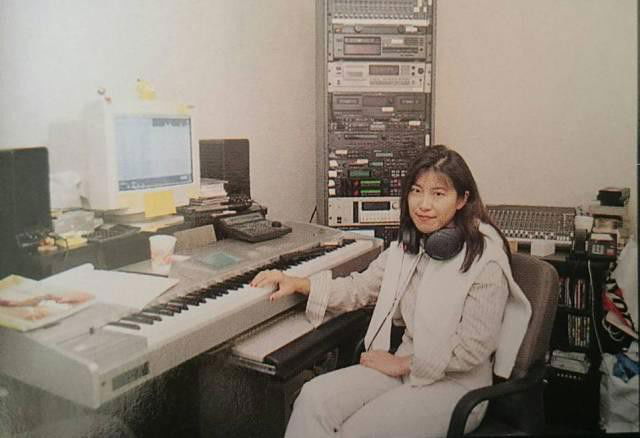
At Square Enix, her masterpiece was Kingdom Hearts (2002), whose theme Dearly Beloved became an instant anthem for fans. Shimomura also composed the soundtrack for Legend of Mana (1999), known for its fusion of orchestral and folk music, and Xenoblade Chronicles (2010).
A 2023 CEDEC Award winner, she is celebrated for transforming music into beautiful and moving narratives.
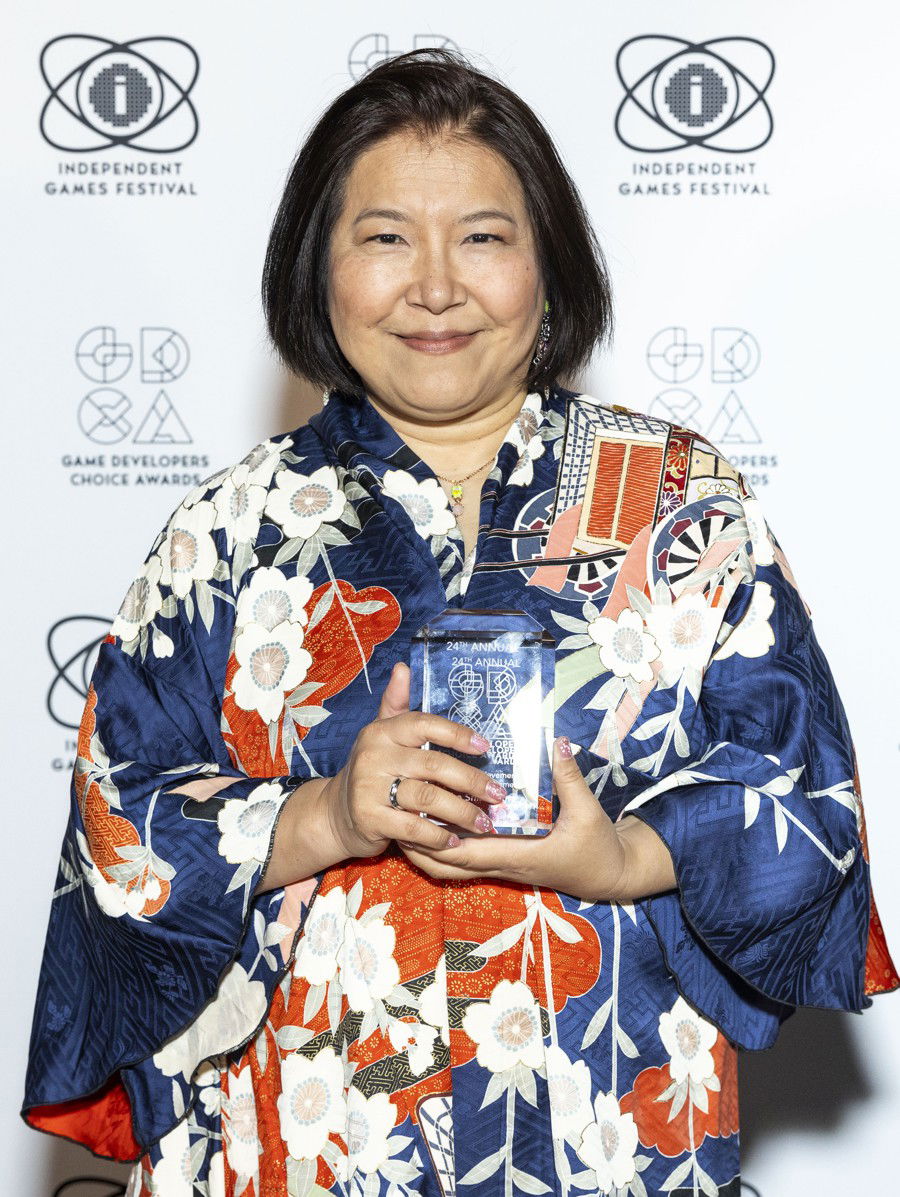
Kellee Santiago

The Force Behind Indies
Kellee Santiago co-founded Thatgamecompany in 2006, focused on emotional experiences. Journey (2012), their most famous title, revolutionized the idea of multiplayer by connecting anonymous players without verbal communication.
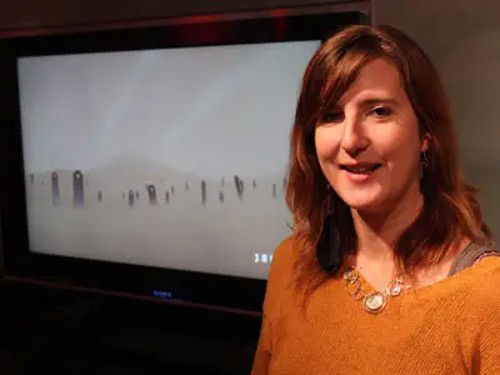
Santiago has also served as a mentor to Brazilian studios, including the creators of Toren (2015). As director of Global Game Jam, she promotes diversity.
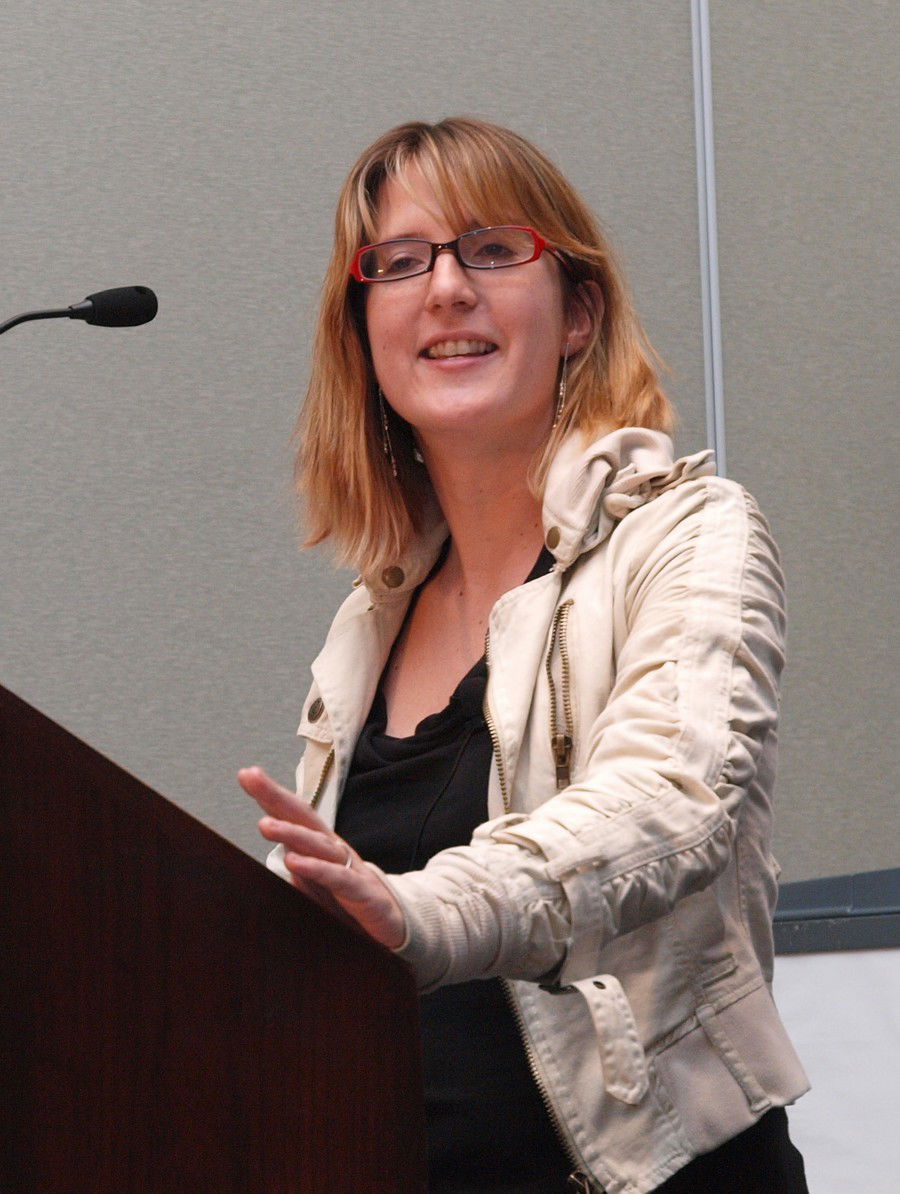
Corrinne Yu
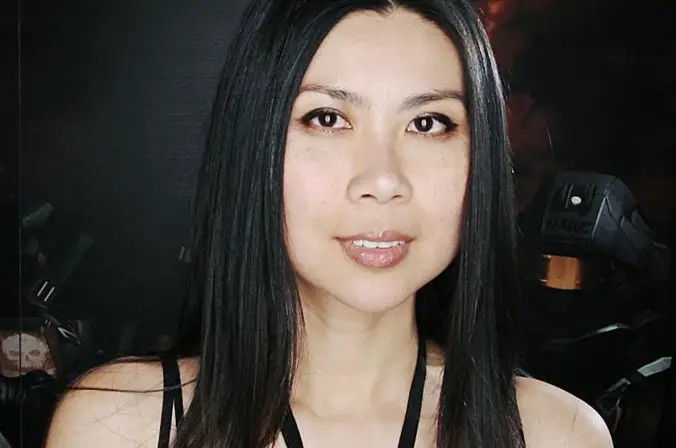
An Engines Genius
Corrinne Yu started out at Sierra programming King’s Quest (1984), but became a legend by developing engines for Quake II (1997) and Borderlands (2009).
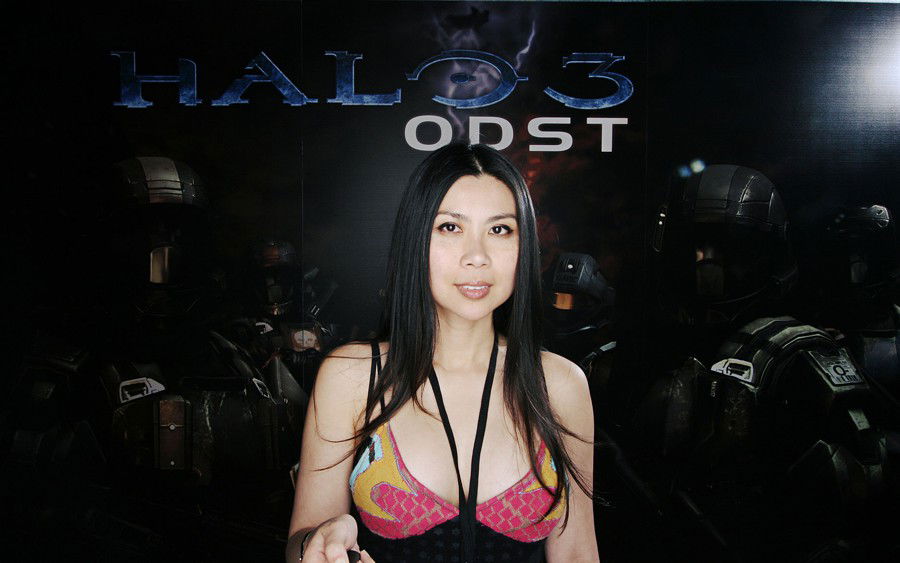
At Gearbox Software, she optimized Unreal Engine 3 to support open worlds. At Microsoft, she worked on DirectX 12, crucial for the Xbox Series X.
Yu is one of the few women to receive the Women in Games Lifetime Achievement Award (2014).
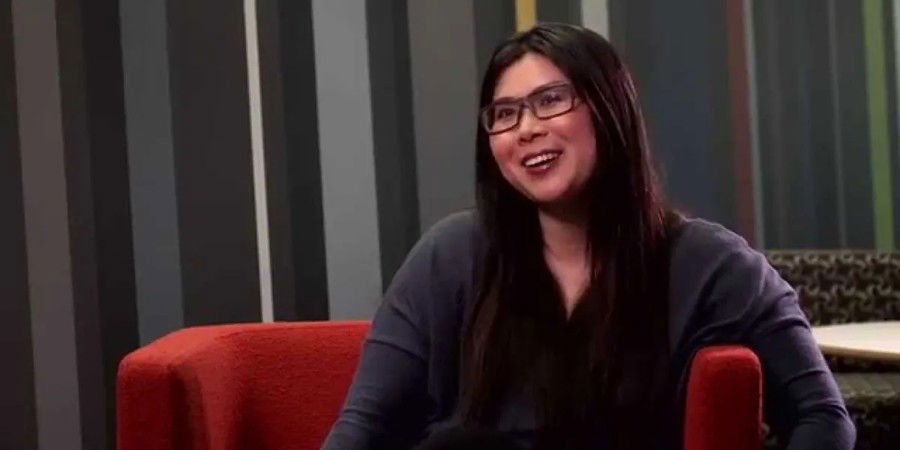
Amy Briggs
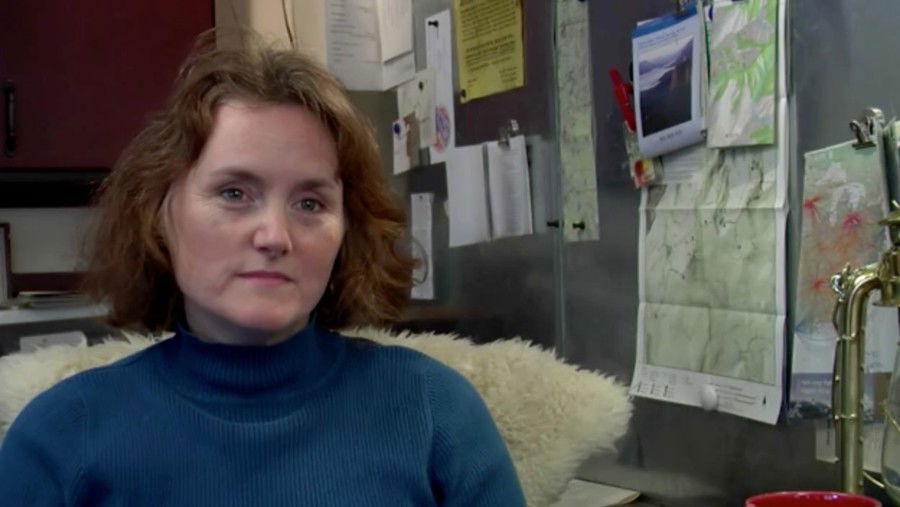
A Pioneer in Female Gaming
Amy Briggs joined Sierra in 1985 and created Plundered Hearts (1987), a female-led adventure game in which the player controlled a heroine rescuing a love interest on the high seas.
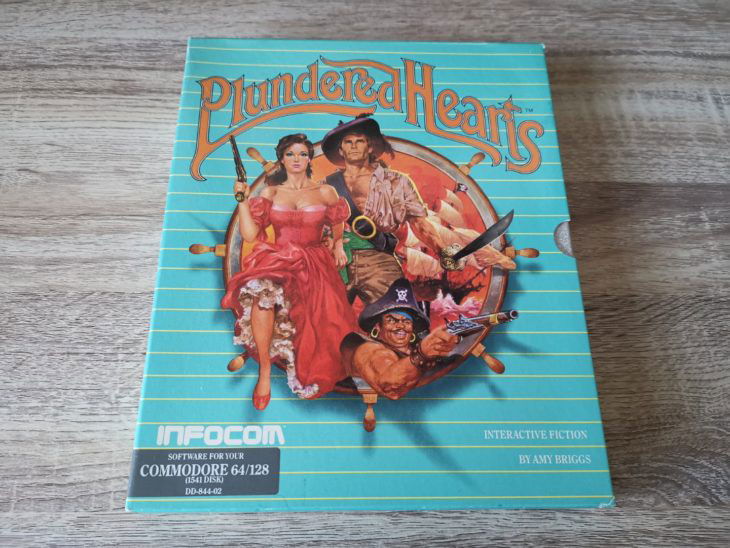
She also worked on Gamma Force (1990), an RPG set in space, and Zork Zero (1988).
Nowadays, she runs a cognitive engineering company, applying psychology to interface design.
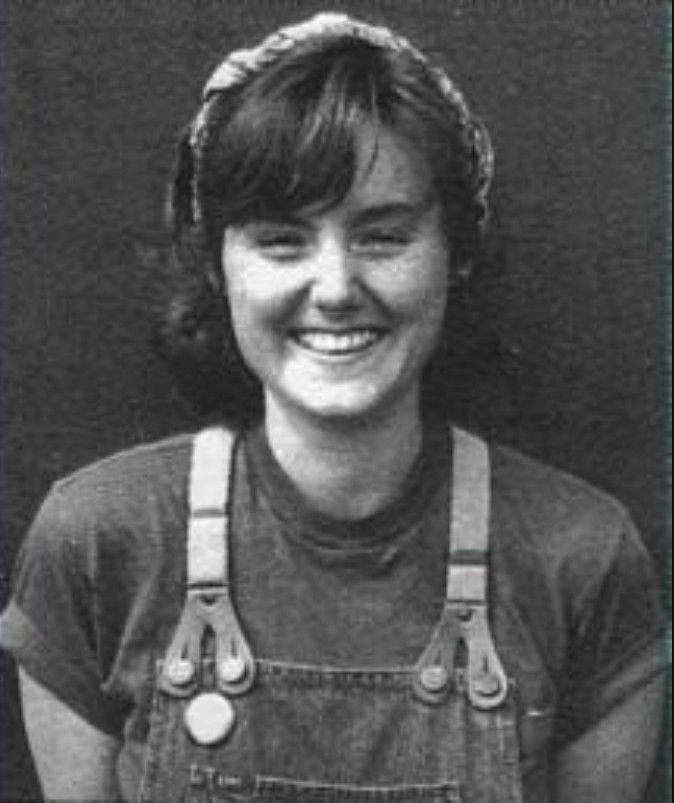
Jane Jensen
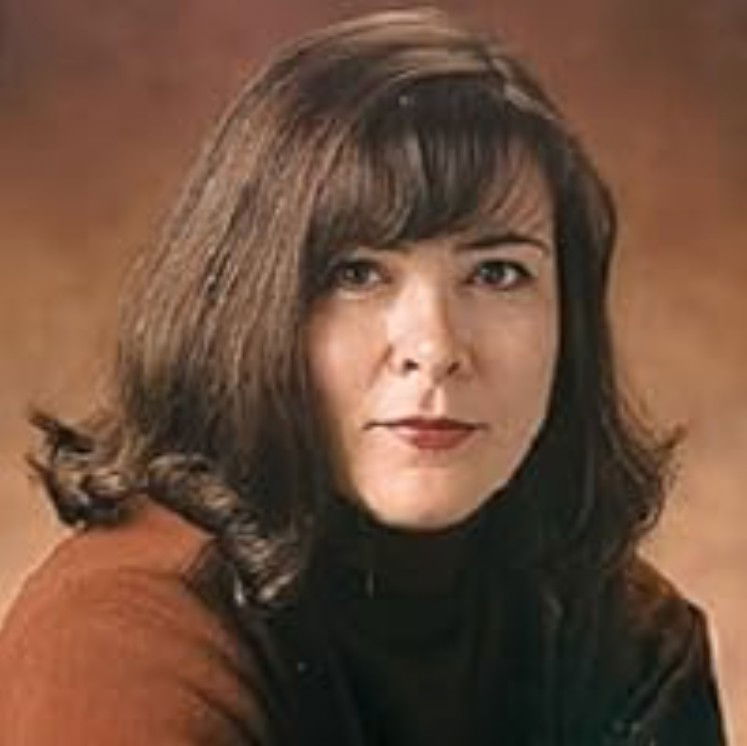
The Supernatural Thriller Bestseller
Jane Jensen joined Sierra in 1990, working on King’s Quest VI (1992). Her masterpiece was Gabriel Knight: Sins of the Fathers (1993), a meticulously historically researched supernatural thriller.
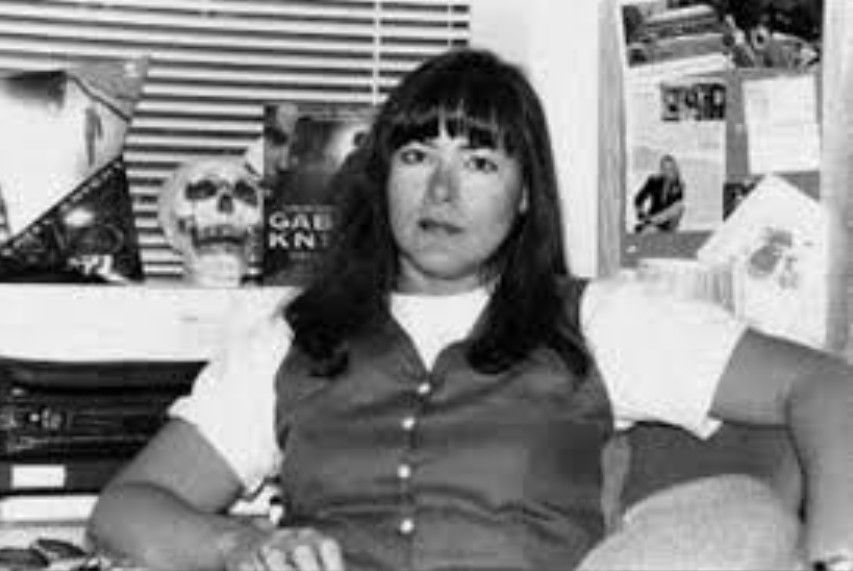
Jensen founded Pinkerton Road Studio in 2012, releasing Gray Matter (2010) and Moebius: Empire Rising (2014).
In parallel, she also writes novels under the pseudonym Eli Easton, mixing up mystery and fantasy.
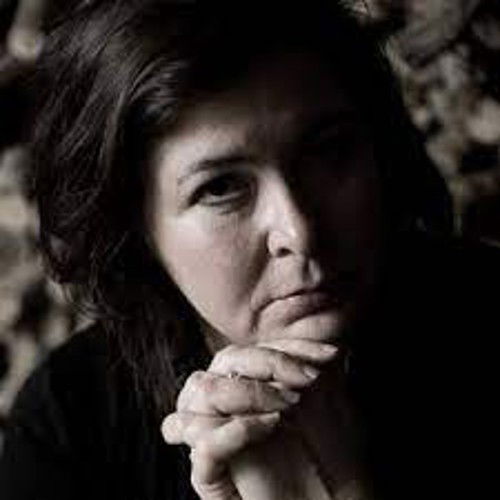
Ayami Kojima
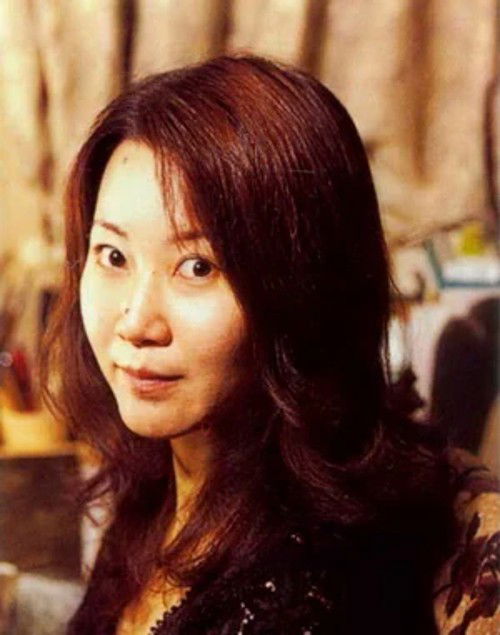
The Artist Who Redefined The Gothic in Games
Ayami Kojima was discovered by Konami while she worked as a secretary. Her gothic style, with delicate lines and dark atmosphere, defined Castlevania: Symphony of the Night (1997), elevating the franchise to a new artistic level.
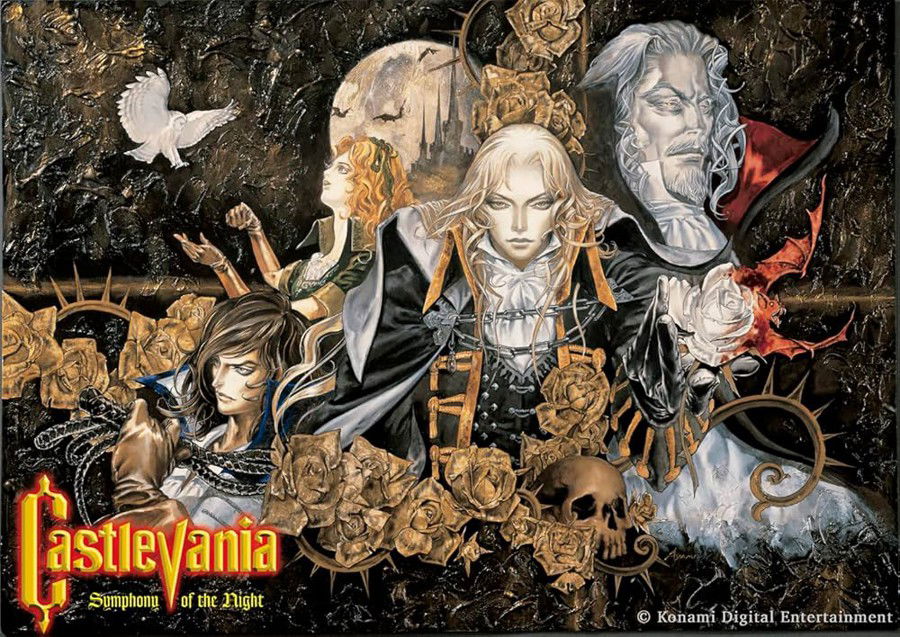
Kojima also designed characters for Castlevania: Lament of Innocence (2003) and Bloodstained: Ritual of the Night (2019). Her work influences game and manga artists, such as the studio CLAMP.
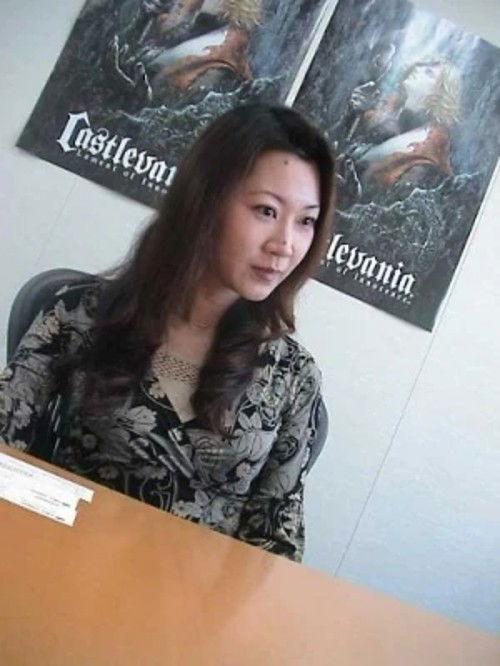
Aya Kyogoku
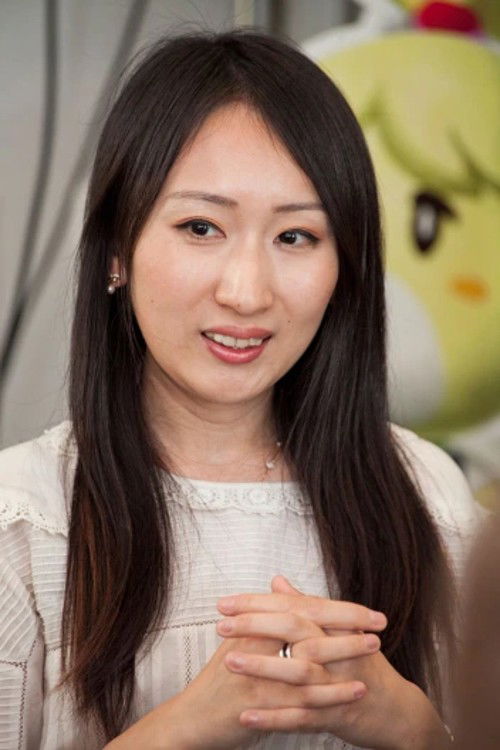
Nintendo's Innovator
Aya Kyogoku joined Nintendo in 2003 and co-directed The Legend of Zelda: Four Swords Adventures (2004), introducing innovative local co-op.

As the game director of Animal Crossing: New Horizons (2020), she implemented in-depth customization and seasonal events, creating a cultural phenomenon during the pandemic.
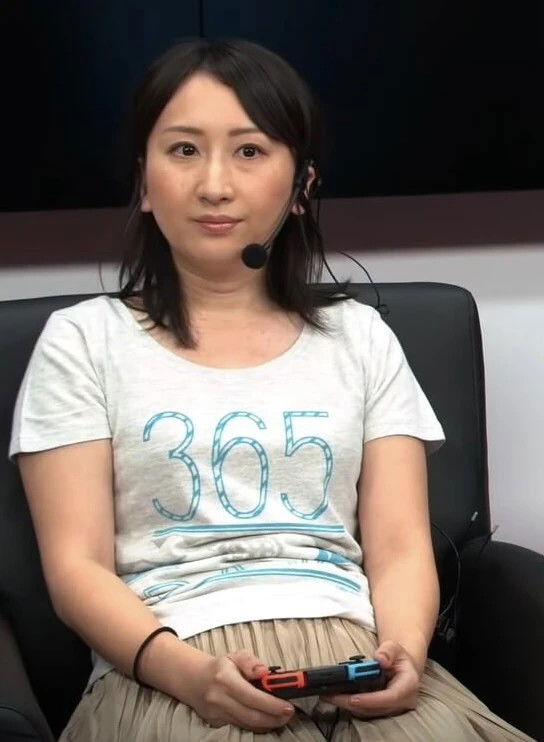
Conclusion
From Carol Shaw to Brenda Romero, these women have challenged and overcome technical, cultural, and social barriers to shape the industry. Their contributions range from groundbreaking code to taboo-defying storytelling, proving that diversity is essential to innovation.
While the industry still struggles with representation, their legacy serves as a beacon for new generations of female developers, artists, and leaders.









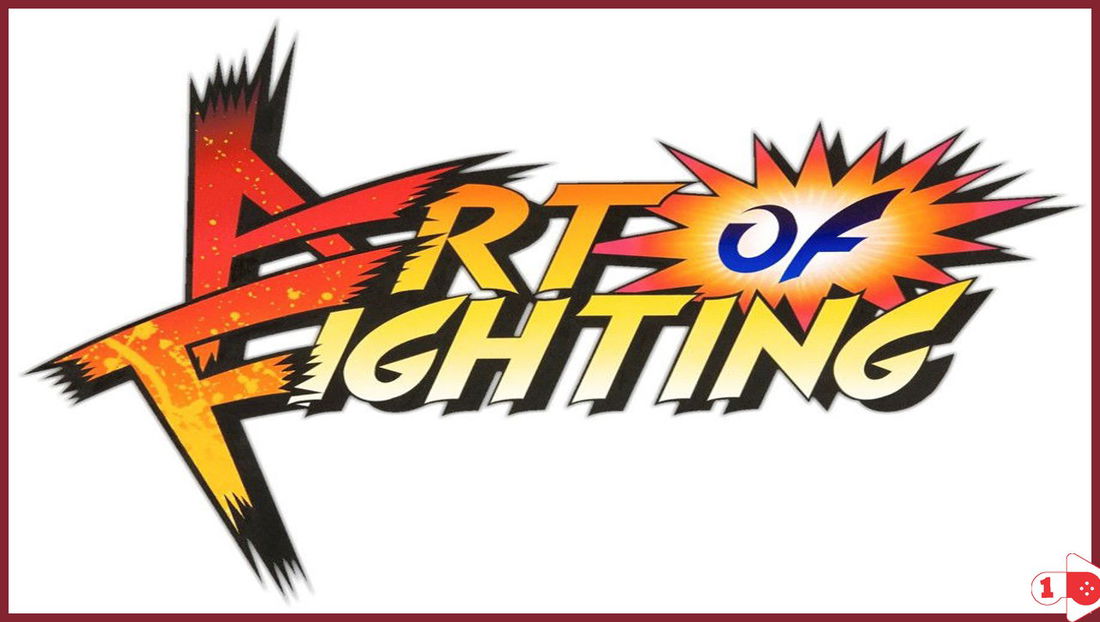




— 评论 0
, 反应 1
成为第一个发表评论的人